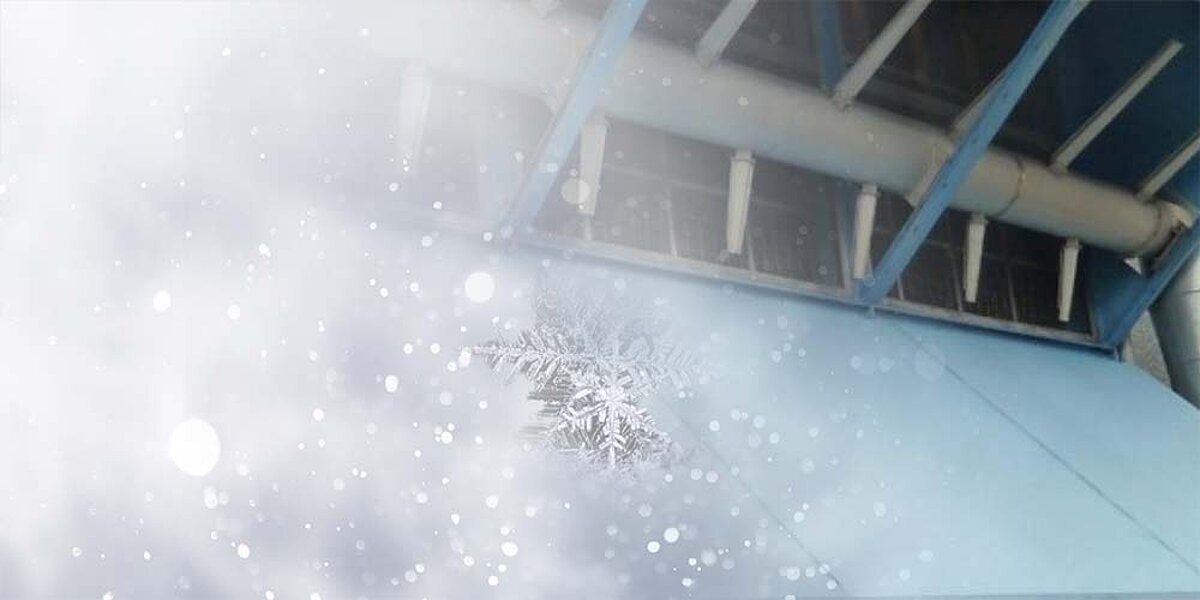A manufacturer of intake systems is planning to install a system in Siberia to draw in combustion air for a gas turbine. Depending on the environmental conditions, the system is to be fitted with a weather hood to ensure that no snow is sucked into the filter house. Ambient temperatures in this region range from -60 °C to +40 °C.
For the filter house of the suction system, the amount of snow sucked in should be determined. This is to be determined when there is no wind and at a maximum wind speed of 31 m/s.

